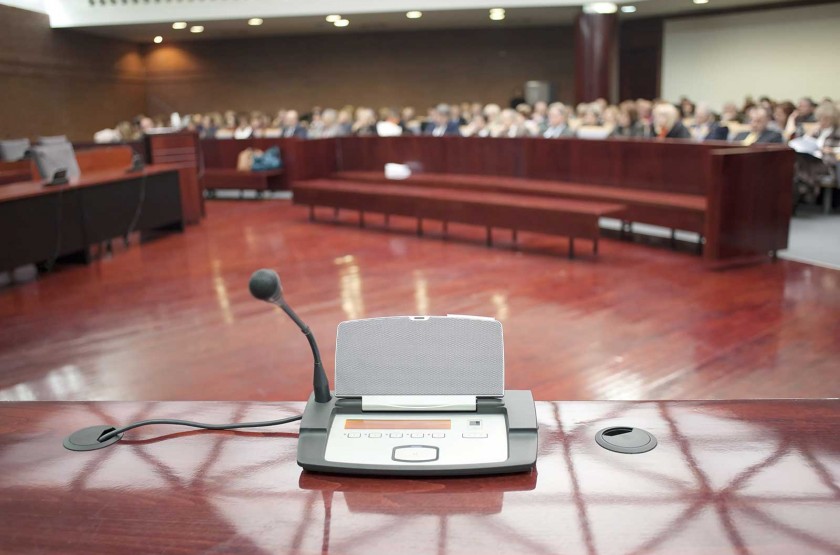Where translation and cross-border M&A meet
- Emily Feng
- February 4, 2016
- 6,633 views

There’s a reason why the exchange of capital and wealth is often described as “flowing.” Flowing suggests that money, like water, travels smoothly through channels large and small, an organic circulation of financing whose streams simply go wherever the laws of gravity or, in this case the rules of the market, dictate.
Today, that flow of money is increasingly global. Whether between individuals and firms, governments and international organizations, money is almost never kept in just one place anymore. Normal individual investors own stocks in foreign exchanges, buy and sell property internationally, and deposit savings in foreign accounts. You can read in more detail about the real estate industry’s translation needs here.
The complexity of international finance increases exponentially with multinational firms. In the realm of business, mergers and acquisitions and due diligence reporting in multiple countries have also become routine. Most recently, Chinese chemical giant ChemChina acquired the Swiss agrochemical company Syngenta for the massive sum of $43 billion cash. The big announcement represents the culmination of a long and complex process of negotiating and preparing the acquisition, and it also signals a long road ahead. Post-merger integration is a potentially bumpy period in a new entity’s development, where final details need to be worked out and made operational concurrent to maintaining daily business operations. If managed poorly, both the acquirer and target suffer the opportunity cost of generating growth or even losing value.
Translation is the glue that holds together the entire negotiation and integration process behind cross-border finance, particularly in mergers and acquisitions. Leading up to the final deal, both firms must conduct due diligence and risk analysis of each other’s business operations, finances, and management structure. This process is data-intense and can involve sorting through information recorded in multiple languages as well as developing analyses for stakeholders in multiple languages. Much of the content at this step that needs to be translated will be technical in language and potentially highly confidential in nature. Hiring the right translation service with the right security practices is crucial for making sure that the information you need is translated accurately and securely.
Throughout the process, all stakeholders must abide by auditing and compliance laws, continuously documenting and reporting each portion of the deal. For firms that are based in different countries, this means having to not only comply with the separate legal infrastructure in each country but also doing so in the local language. Legal translation is just taking off as more deals requiring legal documentation are taking across national borders. Legal translators often have a background in translating this type of content or may even have a background practicing law. Here, having a subject matter expert assisting in translations and making sure all versions of legal documents are consistent with one another is a real matter of importance.
And then, of course, there are cultural differences that may jeopardize the success of your M&A. Translation won’t be able to solve all cultural differences; building an international, synergistic work force can take years of growth. However, language should be the first place a new firm starts with creating a global team. Making sure that major documents, presentations, and internal communications are accessible to all members is the very minimum of creating a welcoming beginning for a post-merger integration.









